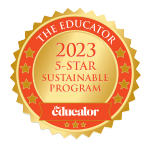- K/12
- Higher Education
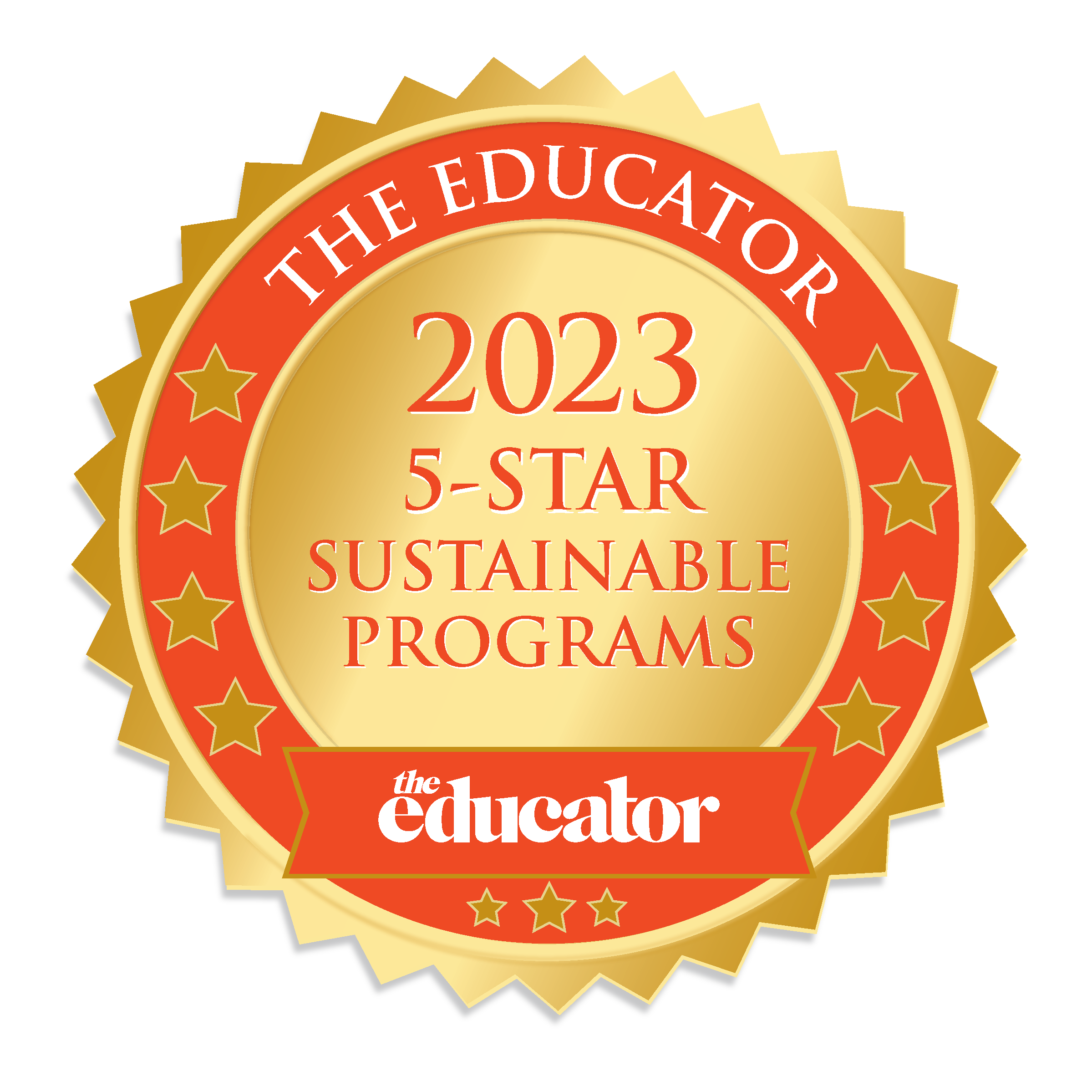
Australia’s Most Sustainable Schools |
5-Star Sustainable Programs 2023
Jump to winners | Jump to methodology
Leading the way
Environmental education is a defining global issue, and The Educator’s 5-Star Sustainable Programs recognises the schools embracing this challenge. They are realigning their methods of operation to reduce emissions and protect the planet while also introducing and supporting their students to embrace these topics.
Paul Murfitt, director of regions and community action for Sustainability Victoria, emphasises the need to have schemes relevant to a school’s culture.
“Through our experience running the ResourceSmart Schools program, each school is unique, and as a result, they need policies that help guide decision-making and advancements that are suitable for their community and their environment,” he says.


Robert MagnerLoreto Kirribilli
Blueprint to go green
Loreto Kirribilli, a girls’ school in NSW, has taken its lead from the corporate world to aim for the highest standard possible. The school worked with KPMG Australia to craft an environmental sustainability framework and its four pillars are the following:
Emission reduction
- to achieve carbon neutrality by 2030
- to ensure the campus and operations are resilient to future climate risk
Sustainable consumption
- to reduce potable water consumption through efficient use
- to reduce waste sent to landfills: reuse, recycle and improve resource efficiency
Natural abundance
- to develop and manage the natural environment of the campus to enhance biodiversity
Environmental literacy
- to ensure that all students (and the community) acquire the knowledge and skills needed to promote environmental sustainability
- to educate the community on emissions from commuting to school
The school’s sustainability champion, Robert Magner, says, “We’re not saying we want to be leaders because we’re the best; we want to be the best practised so we can then share that with other schools.”
Loreto Kirribilli has begun installing solar panels, which it thought would not be suitable for its old buildings, but an engineering report confirmed they would be.
Once fully installed, there will be:
- a 70% reduction in emissions
- $170,000 in savings
“A lot of the energy we produce is used during the daytime. We can sell it back to the grid through the school holidays and at weekends,” Magner says.
To help finance it, they are launching a Green Fund whereby the community can make tax-deductible donations. There are also plans to replace the school bus by 2025 with an electrical vehicle; transportation is another big initiative due to the school’s location.
Magner says, “We’re in the process of getting an open letter from the students out to parents to ask for all the girls not to be driven. There are ferries and buses that are coming to us, and the girls should mostly be taking public transport.”
The students are also trying to cut down on single-use plastics after an operation to analyse their waste.
“They were over 60 coffee cups, which is a bit embarrassing, and things like punnets of strawberries,” Magner says.
All students are now encouraged to bring a ‘keep cup’ if they plan to buy coffee. All of these ideas and schemes are filtering through the school, with Magner even changing his behaviour.
“I’m riding an electric bike too to work as I’m only six kilometres away, but all this has actually made me go, ‘No, I’m not driving,’” he says.
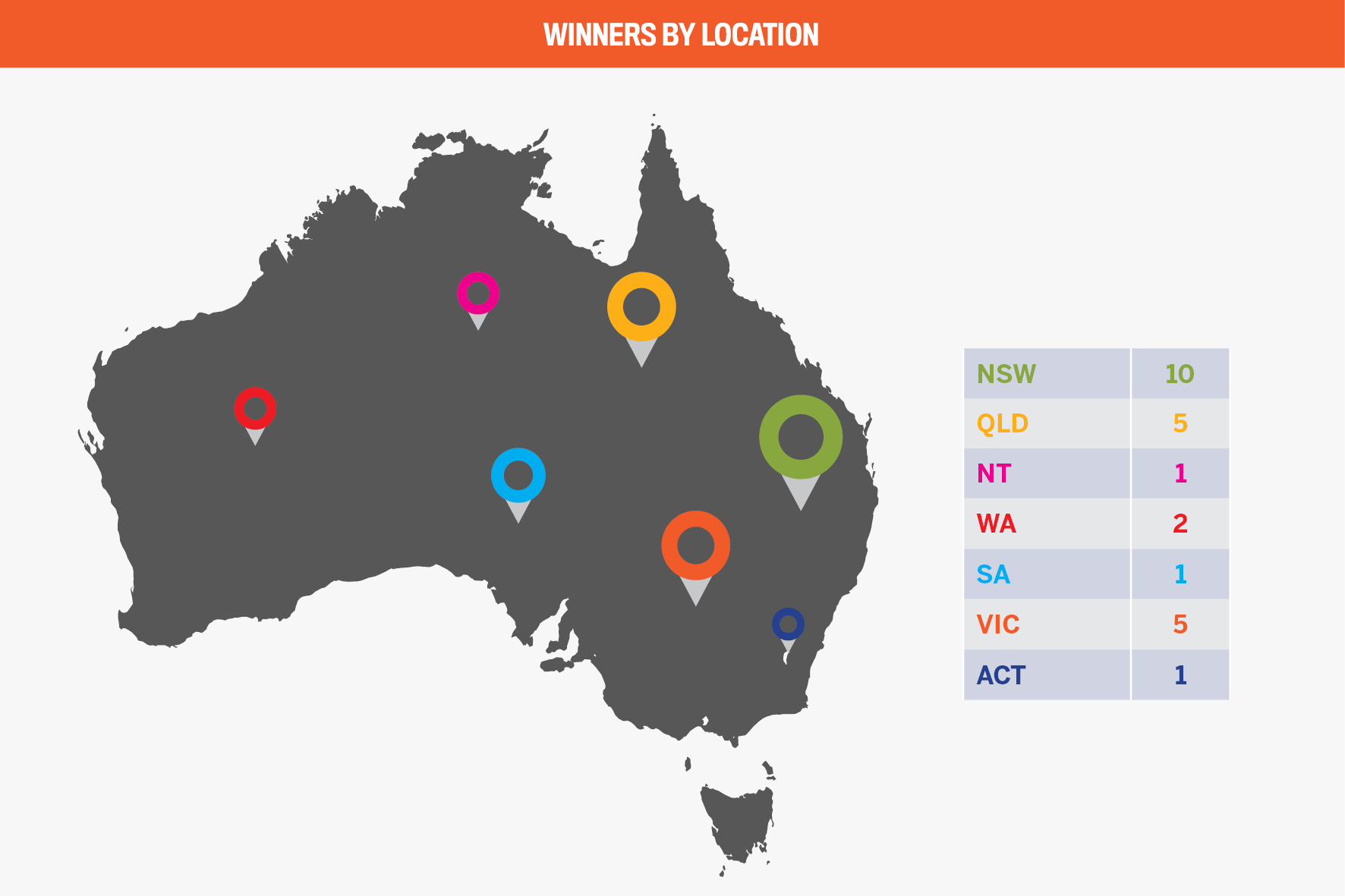
Solving real-world issues
Bat Scram is an ambitious project undertaken by Larrakeyah Primary School in Darwin to protect the mango industry and redirect bats to alternative food sources. Currently, farms use barbed wire or netting to protect their crops, which is expensive and harmful. The idea came from digital technology lessons where students made EV3 robotic scarecrows for their school gardens to scare away small pests.
“We decided to extend students thinking by asking a group of students to think bigger picture,” says senior teacher and head of curriculum and assessment Danni Mattiazzo. “They were asked to make connections to the world, and we wanted them to relate the problem set during class to real-world problems.
“They defined the problem, ensuring the word safely was incorporated but also that the bigger picture was understood, being that bats only eat mangos when their natural food source is destroyed.”
Students reconfigured the original design to ensure the successful build of the robots.
Mattiazzo says, “The targeted end goal of Bat Scram is to successfully prevent bats from entering mango farms in a humane and safe manner.”
Students have also written to the local government about rescheduling firebreak burns and ensuring the bats have access to an alternative food source such as the native butterfly bush, both long-term solutions.
There are also plans for an upcycle market stall while students are learning about ways to make better use of recycling and sustainable tourism.
“I would describe our sustainability ethos as ‘change makers for the future’. We are always searching for ways for our students to be innovative, solve real-world problems and create a better environment to live and work in,” says Mattiazzo. “Teachers aren’t leading the programs or telling students what needs to be done; instead, our teachers facilitate the projects, which allows the students to take charge.”

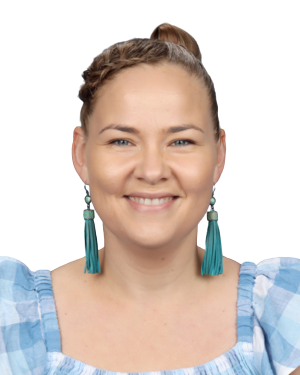
Danni MattiazzoLarrakeyah Primary School
Early adopters witness benefits
Back in 2017, the International Grammar School in NSW began by establishing a student-led Sustainable Futures Group. In 2020, the role of head of sustainability was created, and the following year, the first student sustainability portfolio leader was appointed, demonstrating the school’s commitment to involving students in decision-making.
The results between 2020 and 2022 are that:
- recycled waste increased from 19% to 50%
- waste sent to landfills decreased from 81% to 50%
- carbon emissions from waste decreased from 375 kg CO2e to 170 kg CO2e
IGS has a broad focus centred on six key areas, with Indigenous perspectives underpinning them all:
- waste
- energy
- biodiversity
- water
- resources
- activism
Head of sustainability Carmelo Fedele explains how changing behaviour hasn’t been easy.
“People often cling to established practices and may be reluctant to adopt new approaches. This resistance can stem from fear of the unknown, concerns about additional workload or scepticism regarding the effectiveness of the program. To tackle this, we have attempted to communicate the rationale behind our sustainability program, emphasising its benefits and providing clear guidelines for implementation.”
One issue the school has targeted is water conservation, and it has also implemented energy efficiency measures such as changing to LED lights, installing motion sensors and using more efficient appliances like water heaters.
Fedele says, “We promote sustainable resource management, encouraging the procurement of sustainable products from reputable suppliers, the reuse of resources and responsible consumption of materials within our school. Our commitment to sustainability extends beyond our school gates. Through activism, we inspire our students to become advocates for positive change in their local and global communities.”
IGS is committed to meaningful action.
“Some organisations may engage in greenwashing, using sustainability as a marketing tool rather than genuinely committing to sustainable practices,” says Fedele. “To combat this, we have attempted to foster a culture of transparency, genuine commitment and continuous improvement. We have strived for authentic integration of sustainability across our school, ensuring that initiatives are meaningful, impactful and align with long-term objectives.”

Building bridges to achieve goals
Introducing a pro-environmental ethos at The Hills Grammar School in NSW has been widely welcomed.
Principal Karen Yager says, “The challenges have been very minimal. Our school is located in a beautiful natural bush setting and backs onto a state forest. This location has inspired our staff, students and parents to welcome a whole school approach to environmental sustainability.”
The school has put sustainability at the heart of its curriculum, with a focus on environmental stewardship to educate, raise awareness and grow agentic citizens in its teaching and co-curricular programs. Its methods include:
- growing sustainable vegetable gardens and an Indigenous native garden
- Year 6 student teams developing solutions to major environmental problems; in 2023, the students are researching a solution that aids agricultural sustainability
- 7–10 geography and science students using sensors to monitor the CO2 emission levels across the school with a plan to demonstrate the significance of having a green environment
- K–6 students growing sustainable vegetables and monitoring the ideal conditions for growth
Yager says, “We are educating children from a young age about the importance of sustainability.”
Hills Grammar has also partnered with the One Planet Education Network on sustainable agriculture, climate change research and air quality and pollution mitigation, where students conduct citizen science guided by scientific researchers.
The student team, named Project Change, has been instrumental in driving the sustainable mission and is leading a major environmental project focused on the UN Sustainable Goals.
The school is also building a new innovation centre featuring solar panels and veridian glass, which has been selected not only for its resistance to bushfires but also because it keeps heat out in the summer and traps heat in cooler temperatures.
Sustainable initiatives have also been introduced across the whole campus, such as:
- generating 100% of electricity, ideally by 2025
- protecting local fauna
- converting playground seating to recycled plastic benches
- auditing water fixtures, fittings and appliances to identify high water users and leaks


Carmelo FedeleInternational Grammar School
Australia’s Most Sustainable Schools | 5-Star Sustainable Programs 2023
- Bentleigh Secondary College
- Blacktown North Public School
- Brentwood Secondary College
- Brigidine College
- Bunbury Primary School
- Byron Bay Public School
- Coolbinia Primary School
- Cornish College
- Dapto High School
- Firbank Grammar School
- Hamilton Public School
- Investigator College
- Malabar Public School
- Mentone Girls’ Grammar School
- Santa Sabina College
- Stuartholme School
- Sunshine Coast Grammar School
- Tamborine Mountain State School
- Telopea Park School
- Terrigal Public School
- The Village School Gold Coast
Insights
-
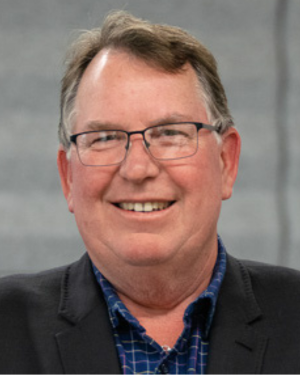 Paul Murfitt
Paul Murfitt
Director, Regions and Community Action
Sustainability Victoria
SUBMIT YOURS
Methodology
In May 2023, The Educator invited schools across Australia to participate in the publication’s inaugural 5-Star Sustainable Programs awards. This report recognises the schools at the forefront of sustainability and environmental education programs. Entries were open to all educational professionals who believe their school is pioneering a new direction in education.
The Educator team objectively assessed each entry for detailed information, impact, metrics and true innovation – along with benchmarking against the other entries – to determine the 25 5-Star Sustainable Programs list.



